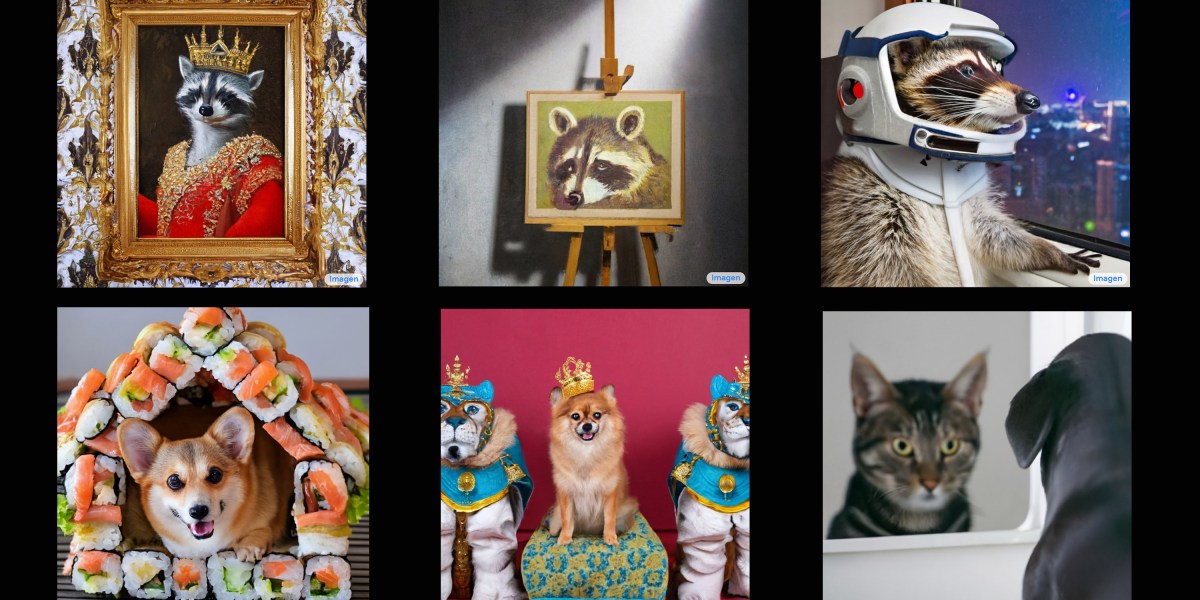The dark secret behind those cute AI-generated animal images

It’s no secret that large models, such as DALL-E 2 and Imagen, trained on vast numbers of documents and images taken from the web, absorb the worst aspects of that data as well as the best. OpenAI and Google explicitly acknowledge this.
Scroll down the Imagen website—Past the dragon fruit wearing a karate belt and the small cactus wearing a hat and sunglasses — to the section on societal impact and you get this: “While a subset of our training data was filtered to removed noise and undesirable content, such as pornographic imagery and toxic language, we also utilized [the] LAION-400M dataset which is known to contain a wide range of inappropriate content including pornographic imagery, racist slurs, and harmful social stereotypes. Imagen relies on text encoders trained on uncurated web-scale data, and thus inherits the social biases and limitations of large language models. As such, there is a risk that Imagen has encoded harmful stereotypes and representations, which guides our decision not to release Imagen for public use without further safeguards in place. ”
It’s the same kind of acknowledgment that OpenAI made when it revealed GPT-3 in 2019: “internet-trained models have internet-scale biases.” And, as Mike Cook, who researches AI creativity at Queen Mary University of London, has pointed out, it’s in the ethics statements that accompanied Google’s large language model PaLM and OpenAI’s DALL-E 2. In short, these firms know that their models are capable of producing awful content and they have no idea how to fix that.
Source link



